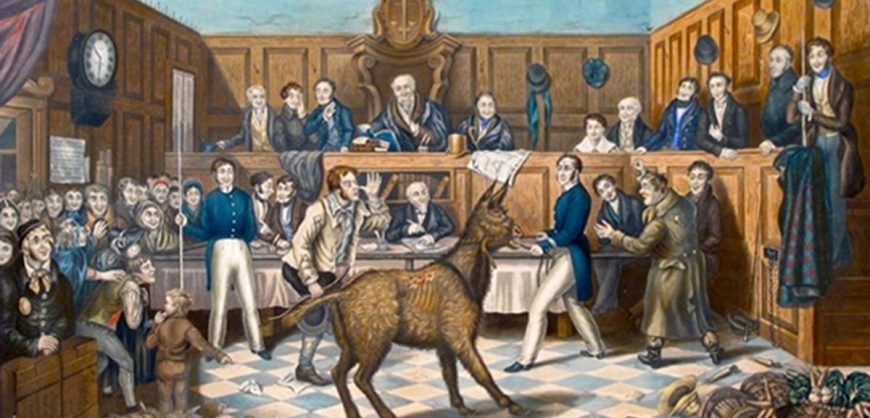One of the more unusual aspects of the Medieval world was that animals could be put on trial like human beings. Yes, there was such a thing as legal animal trials! While the veracity of many Medieval animal trials is difficult to ascertain, it is without doubt that some of them took place. All kinds of animals could be brought before a secular or ecclesiastical court, either as individuals or as groups.
A wide range of crimes could be committed by these animals including murder, being an accomplice in bestiality, and damage of crops and property. If found guilty, the larger animals would be punished with execution or exile, whereas the smaller ones would be excommunicated or denounced by a church tribunal. One of the more detailed examinations of this strange subject is Edmund P. Evans’ The Criminal Prosecution and Capital Punishment of Animals, which was published in 1906.
When did the Animal Trials occur?
According to Evans, the trial and punishment of animals did not occur uniquely during the Middle Ages, as this practice is recorded in other civilizations as well. As an example, Evans states that the Romans would crucify a dog as part of the celebrations commemorating the anniversary of the preservation of the Capitol from the night-attack of the Gauls, which is traditionally regarded to have occurred in 390 BC.
Read more HERE






































